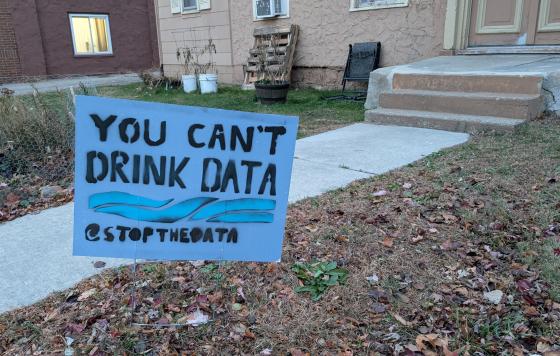In Frederick County, MD, there are several competing theories about the source of the name of the Monocacy River. One is that it meant “muddy waters” in the language of the Native Americans who lived there. That certainly makes sense when you look at it – in living memory, the Monocacy has been a muddy river, with severe sedementation problems that make the river run red and brown after a rainstorm. But others say that Monnockkesey was the Shawnee name for the river: “river with many bends.” That’s certainly true: the largest Maryland tributary to the Potomac, the river makes many curves on its 60-mile route through Pennsylvania, Carroll County, and Frederick County. The river has always taken a winding path, and it probably always will. But it hasn’t always been muddy – and with smart land use decisions and resources for green infrastructure made available, it doesn’t always have to be muddy, either.
The Monocacy River is one of the most polluted rivers in Maryland, impaired by sediment, the phosphorus and nitrogen it carries along, and even fecal bacteria. It’s been impacted by long-term polluted runoff and erosion, and its banks offer insufficient tree canopy and cover to protect water quality and provide habitat for local plants and animals. Planting trees is one of the quickest and cheapest ways to improve water quality – forested buffers can reduce phosphorus pollution by 85% and nitrogen pollution by 80%, with real benefits to water quality, wildlife habitat, and even drinking water.
This year, Clean Water Action has been standing alongside Frederick County residents who want to see a cleaner Monocacy. We’ve been speaking out in support of the Monocacy Scenic River Management Plan, which describes the river’s ecology, history, physical environment, and uses – including providing a quarter of Frederick City’s drinking water! - and makes key recommendations for sustainable land uses, best management practices, and activities that support and protect the River. Yesterday, the Frederick County Planning Commission held a public hearing on the Monocacy Plan, but did not come to a conclusion on whether to recommend it to the County Council or not. Watch the hearing here (our testimony is at 2:51), and contact us if you want to speak out to restore and protect the Monocacy.


